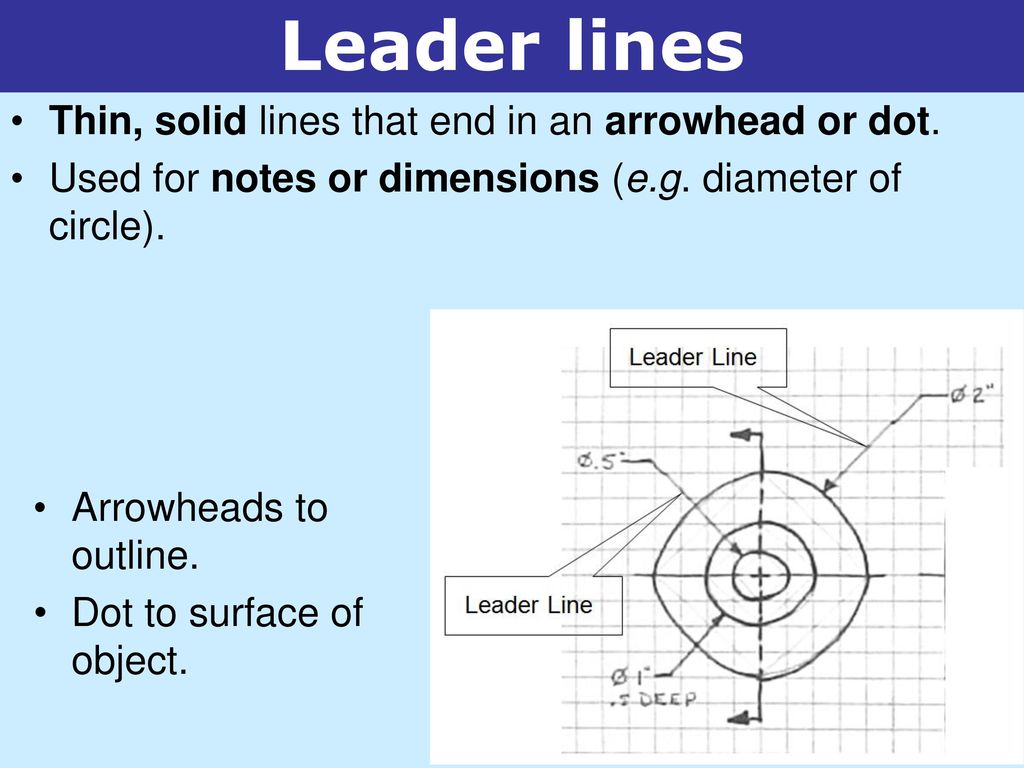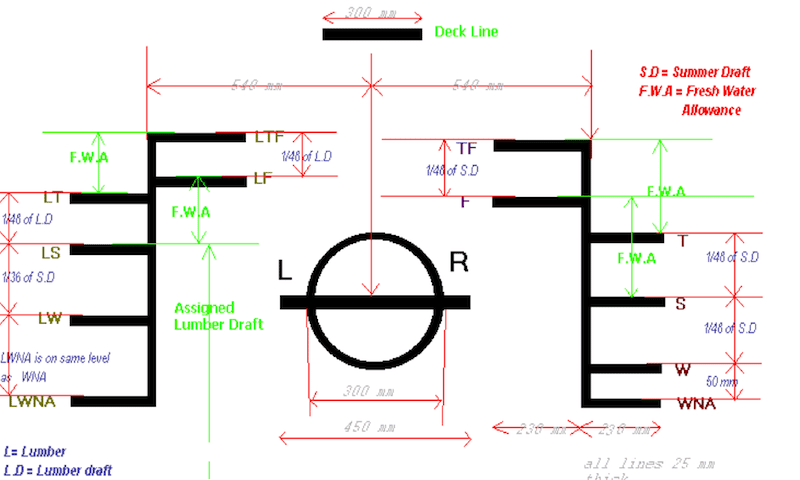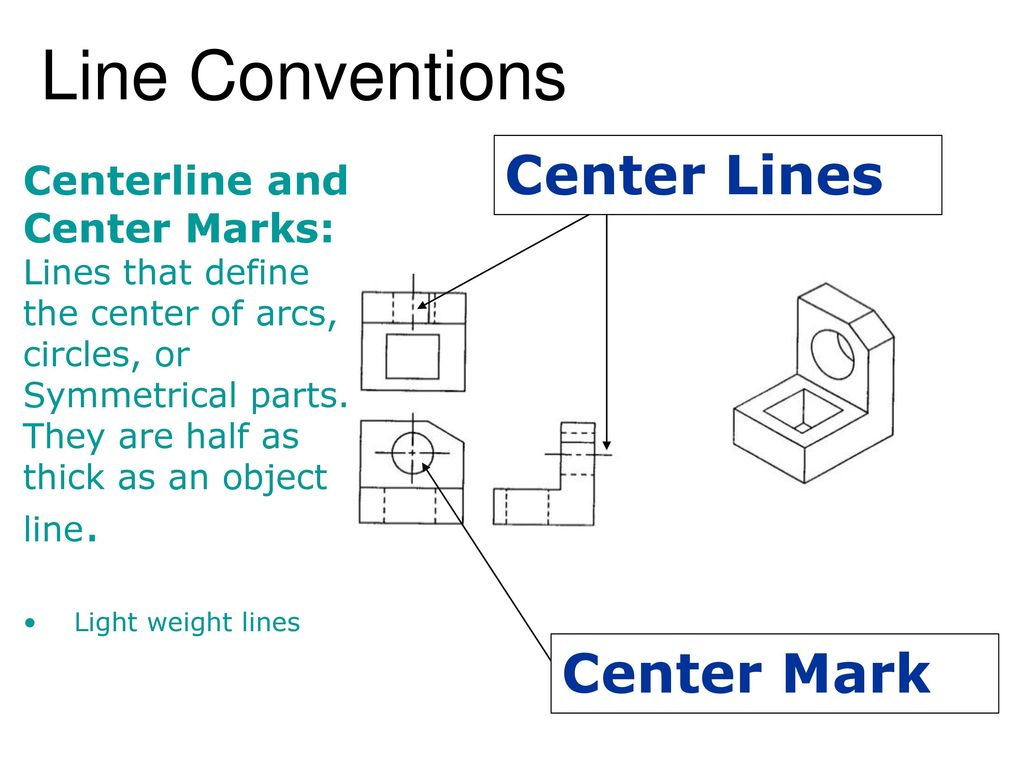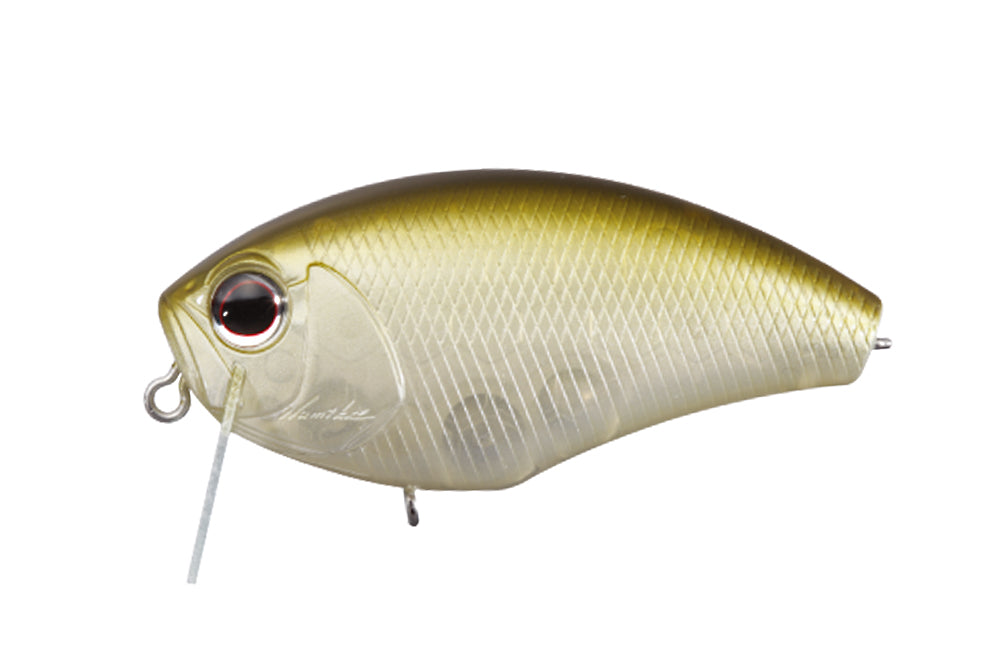Line Conventions Line Conventions Introduction to Engineering
4.6 (602) In stock

Make a table of three columns Line Conventions Line Conventions Introduction to Engineering DesignTM Unit 1 – Lesson 1.2 – Intro to Technical Sketching A drawing should convey as much information as the physical object (if not more). Following standards (e.g. line conventions) minimizes confusion and miscommunication. Fabricators should be able to make your design based solely on your drawing. Make a table of three columns Name Description Use Project Lead The Way, Inc. Copyright 2007
Unit 1 – Lesson 1.2 – Intro to Technical Sketching. Project Lead The Way, Inc. Copyright
Line Conventions. Line Conventions. Introduction to Engineering DesignTM. Unit 1 – Lesson 1.2 – Intro to Technical Sketching. A drawing should convey as much information as the physical object (if not more). Following standards (e.g. line conventions) minimizes confusion and miscommunication. Fabricators should be able to make your design based solely on your drawing. Make a table of three columns. Name. Description. Use. Project Lead The Way, Inc. Copyright
Line Conventions. Object Lines. Introduction to Engineering DesignTM. Unit 1 – Lesson 1.2 – Intro to Technical Sketching. Object lines are thick, solid lines. Used to show visible edges or outlines of objects. Fill in the first row of your table. Project Lead The Way, Inc. Copyright
Line Conventions. Hidden Lines. Introduction to Engineering DesignTM. Unit 1 – Lesson 1.2 – Intro to Technical Sketching. Thick, dashed lines. Used to show edges not visible in that view. Dashes are short and evenly-spaced. Dashes start and end in contact with the object line. Project Lead The Way, Inc. Copyright
Very Thin, Solid line. Used as an aide in drawing and to line up views. Should be barely visible; disappear if squint or photocopy. Never erase construction lines.
Line Conventions. Introduction to Engineering DesignTM. Unit 1 – Lesson 1.2 – Intro to Technical Sketching. Thin, with long and short dashes. Used to indicate center of a circle, arc, or any symmetrical object. Dashes alternately and evenly spaced, with a long dash at each end. Short dashes cross at intersecting points. STOP PRESENTATION: Students have the line conventions needed for the activities in Lesson 1.2. Project Lead The Way, Inc. Copyright
Thin lines terminating in arrowheads, broken in center for the dimension figure. Used to show size or location. Dimension lines are not on object. Dimension lines can’t touch object. Understanding Line types and when to use them will help your sketches look cleaner and more professional. Project Lead The Way, Inc. Copyright
Thin solid with a 1/16 gap (to avoid confusion with object lines). Used to define the extent of dimensions. May cross other extension lines. Can’t cross dimension lines.
Line Conventions. Leader lines. Introduction to Engineering DesignTM. Unit 1 – Lesson 1.2 – Intro to Technical Sketching. Thin, solid lines that end in an arrowhead or dot. Used for notes or dimensions (e.g. diameter of circle). Arrowheads to outline. Dot to surface of object. Project Lead The Way, Inc. Copyright
Line Conventions. Introduction to Engineering DesignTM. Unit 1 – Lesson 1.2 – Intro to Technical Sketching. Very thick, Zigzag lines. Used to save space when you have a long object of continuous shape and size. Called break lines because you figuratively break away an unimportant segment of an object. Shorten very long objects with uniform detail. Typically represented as a jagged cut or break. Understanding Line types and when to use them will help your sketches look cleaner and more professional. Project Lead The Way, Inc. Copyright
Line Conventions. Introduction to Engineering DesignTM. Unit 1 – Lesson 1.2 – Intro to Technical Sketching. thick, solid (and/or wavy) freehand lines. Used to indicate a short break in an object, Rods, tubes, and bars have additional conventions that not only break their length but also imply the material or texture of the object. Project Lead The Way, Inc. Copyright
Line Conventions. Introduction to Engineering DesignTM. Unit 1 – Lesson 1.2 – Intro to Technical Sketching. Viewing or Cutting Plane Lines. Thickest of all lines, dashed with bent arrows. Viewing lines used to give a clearer view of obscure or oblique planes. Cutting plane lines used to show interior or hidden features that cannot be clearly observed from outside. STOP PRESENTATION: Students have the line conventions needed for the activities in Lesson 1.2. Project Lead The Way, Inc. Copyright
Line Conventions. Introduction to Engineering DesignTM. Unit 1 – Lesson 1.2 – Intro to Technical Sketching. Viewing or Cutting Plane Lines. Cutting plane lines, together with arrowheads and letters, make up the cutting plane indications. Arrowheads indicate the direction from which you view the section. Cutting plane may be a simple, continuous plane, or it may be offset to show the interior detail to better advantage. STOP PRESENTATION: Students have the line conventions needed for the activities in Lesson 1.2. Project Lead The Way, Inc. Copyright
Used to indicate alternate positions of parts, repeated detail, or to indicate a datum plane. Dashes are evenly spaced and terminate in a long dash.
Line Conventions. Introduction to Engineering DesignTM. Unit 1 – Lesson 1.2 – Intro to Technical Sketching. The Bottom Line. Name. Description. Use. Object. Thick, Solid. Edge or outline of object. Hidden. thick dashed. Edges hidden from view. Construction. Very thin, solid. aide in drawing, line up views. Center. Thin, long short dash. center of circles or arcs. Dimension. Thin, Arrow, Number. size or location. Extension. Thin, solid, 1/16 gap. extent of dimension. STOP PRESENTATION: Students have the line conventions needed for the activities in Lesson 1.2. Project Lead The Way, Inc. Copyright

Line conventions

2.1.A LineConventionsHandout 1 - Line Conventions Handout Cut and

Introduction To Ship Load Lines

Line Conventions Introduction to Engineering DesignTM - ppt download

Line Conventions - 14276_137

LINE CONVENTIONS, TYPES OF LINES IN ENGINEERING DRAWING

LINE CONVENTIONS, TYPES OF LINES IN ENGINEERING DRAWING

Sign Convention for Spherical Mirrors - GeeksforGeeks

Line Conventions PowerPoint Video

Line Conventions Line Conventions Introduction to Engineering

Design Handbook: Engineering Drawing and Sketching

SOLUTION: Mechanical engineering drawing workshop - Studypool

Engineering Drawings

Engineering Drawing General, PDF
How to Read an Engineering Drawing – a Simple Guide
CivilGEO Named Leader In Civil Engineering and CAD Categories In G2's Spring 2023 Report
CivilGEO Named Leader In Civil Engineering and CAD Categories In





